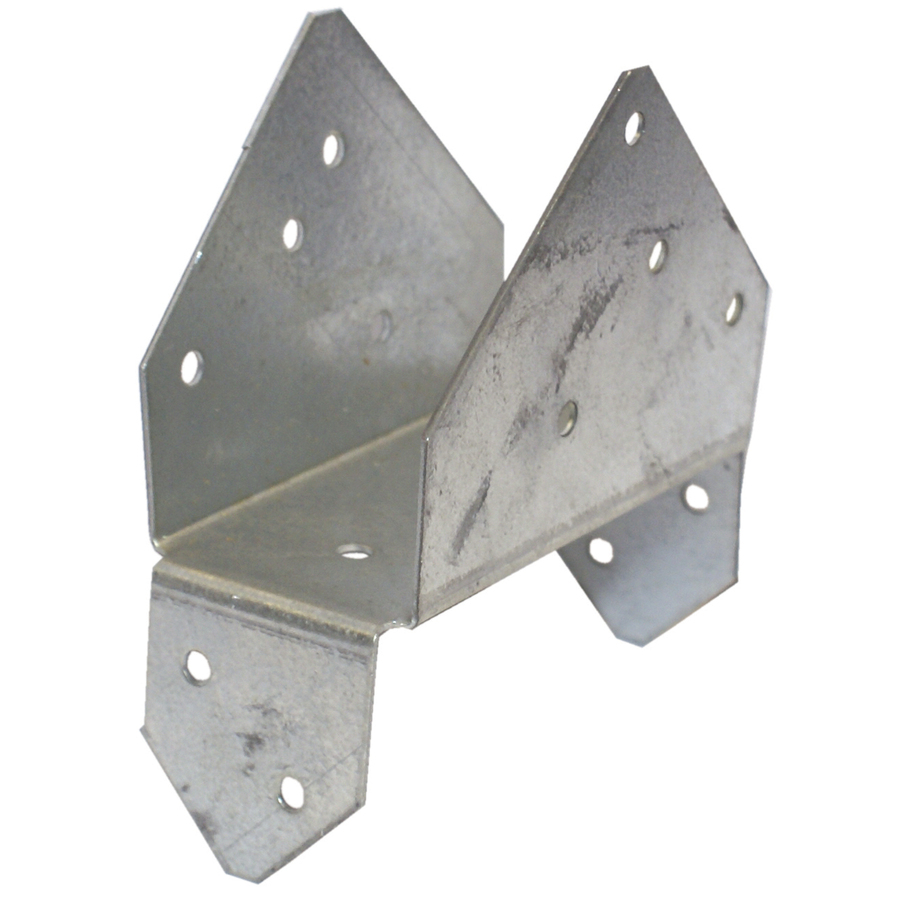

RE: How to calculate rafter thrust? -Help! Your roof is 45 degrees, if you calculated the vertical reaction from the roof to the plate, then the horizontal thrust from the gravity load is the exact same (pythagorean’s theorem). The rafter hanger is used for the joining of the rafter to the structural framing and it provides a much stronger connection than conventional nails and screws. They are mandatory for functional roofs and they provide an eye appealing design when left exposed. Each block is 2×4 or 2×6 depending on the size of the rafters, and is secured to the top plate. Things You’ll Need Rafter blocking is an essential part of the roof framing process in that the blocks provide a stop for ceiling insulation and a continuous surface for the roof sheathing to be edge nailed to. 1-grade southern pine lumber on a roof with a 3/12 slope or less with a maximum live load of 20 pounds per square foot and a dead load of 15 psf. How Far Can a 2×6 Rafter Span? What is this? A 2×6 rafter can span 14 feet 8 inches when spaced 16 inches apart with No. The rafters may bend and allow the walls to move, and the ridge may in turn sag.

Any higher and you take the chance that they won’t funtion to keep the outer walls from spreading. The rule of thumb I was taught is that the collar ties should be no higher than the upper third of the height between attic floor and ridge.


#Rafter straps install
You might be interested: Is honey good for treating burns? How high can I install collar ties? The 2012 IRC now limits this to one-third the distance between the plate and the ridge. Older building codes permitted rafter ties to be installed very high above the top wall plate, as much as two-thirds the distance between the top plate and the ridge. Do collar ties reduce rafter spans?Ĭollare ties placed in the upper 1/3 of a roof( by themselves) will do little to stop wal thrust / rafter sag/ or decrease rafter span. Here’s a formula I use to determine tie force: T = W/2 x H/h x run/rise, where W equals rafter load, H equals height of ridge, and h equals distance from ridge to center of tie (illustration, below). rafters or for every third pair of 16-in. They are generally required every 4 ft., which means that you need a rafter tie only for every other pair of 24-in. Rafter ties amount to an additional framing member that runs above the ceiling joists and that connects opposing rafters.


 0 kommentar(er)
0 kommentar(er)
